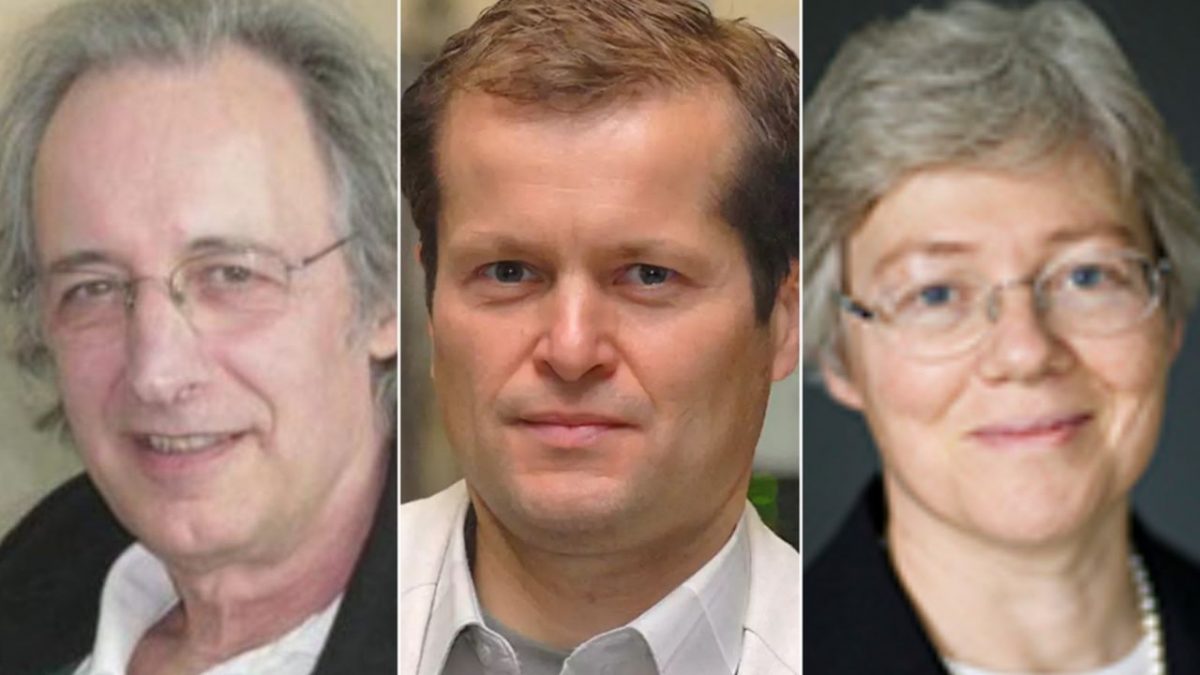STOCKHOLM, (Reuters) – Scientists Pierre Agostini, Ferenc Krausz and Anne L’Huillier won the 2023 Nobel Prize in Physics for creating ultra-short pulses of light that can give a snapshot of changes within atoms, potentially leading to better detection of disease.
The prize-awarding academy said their studies had given humanity new tools for exploring the movement of electrons inside atoms and molecules, where changes occur in a few tenths of an attosecond – a unit so short that there are as many attoseconds in one second as there have been seconds since the birth of the universe.
The prize, which was raised this year to 11 million Swedish crowns (about $1 million), is awarded by the Royal Swedish Academy of Sciences.
“The ability to generate attosecond pulses of light has opened the door on a tiny, extremely tiny, time scale and it’s also opened the door to the world of electrons,” said Eva Olsson, member of the Nobel Prize in Physics Selection Committee.
It was once thought such changes in electrons could not be seen, but the use of attosecond pulses has changed this, she added.
There are potential applications of the findings in many different areas. In electronics, it is important to understand and control how electrons behave in a material.
The field also held promise in areas such as a new in-vitro diagnostic technique to detect characteristic molecular traces of diseases in blood samples, the academy said.
L’Huillier, who received word she had won the prize in the middle of a lecture, told a news conference over the phone, “it is really a prestigious prize and I’m so happy to get it. It’s incredible.” She proceeded with the lecture after the news, a half hour she described as “a bit difficult”.
Only the fifth woman to win a Nobel physics prize, L’Huillier works at Lund University in Sweden and Agostini is a professor at Ohio State University in the United States.
L’Huillier discovered a new effect from the interaction of laser light with atoms in a gas in experiments beginning in the 1980s. Agostini and Krausz then demonstrated how this could be used to create shorter light pulses than previously possible.
Hungarian-born Krausz,speaking at the Max Planck Institute of Quantum Optics where he is director, said he was trying to take in the reality of winning the award.
“I did not expect it. I am overwhelmed,” he told Reuters.
Krausz, whose team generated the first ultra-fast pulses in the early 2000s, has previously likened attosecond physics to a fast-shutter camera where the short light flashes allowed a freeze frame look within the microcosm.
Physics is the second Nobel to be awarded this week after Hungarian scientist Katalin Kariko and U.S. colleague Drew Weissman won the medicine prize for making mRNA molecule discoveries that paved the way for COVID-19 vaccines.
Created in the will of dynamite inventor and businessman Alfred Nobel, the prizes for achievements in science, literature and peace have been awarded since 1901 with a few interruptions, becoming the arguably highest honour for scientists everywhere.
While the award for peace can take the limelight, the physics prize has also often taken centre stage with winners such as Albert Einstein and awards for science that has fundamentally changed how we see the world.
Last year, Alain Aspect, John Clauser and Anton Zeilinger won the prize for work on quantum entanglement, where two particles are linked regardless of the space between them, something that unsettled Einstein himself who once referred to it as “spooky action at a distance”.
Announced on consecutive weekdays in early October, the physics prize announcement will be followed by ones for chemistry, literature, peace and economics, the latter a later addition to the original line-up.






